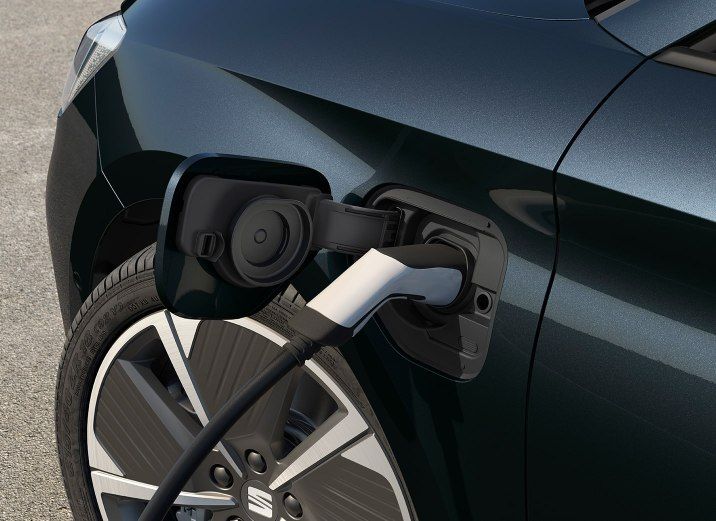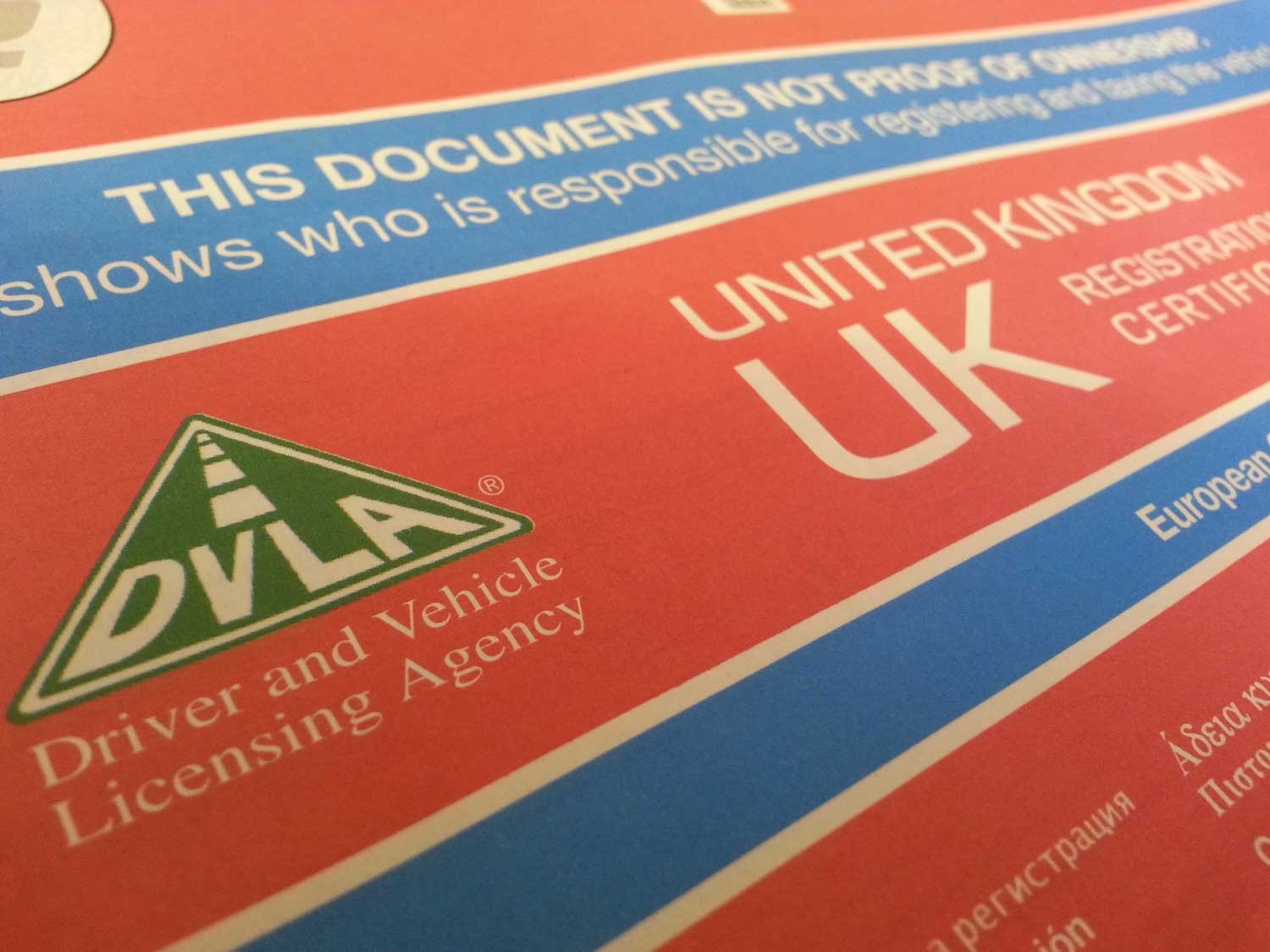Checklist when buying a used hybrid:
- Does the dashboard display work - showing you when electric power is being used to drive the car, and when the flow is reversed to recharge it?
- Test drive the car; listen and feel - can you hear, or feel, the difference between driving on the electric battery and the internal combustion engine.
- Is the plug-in the charging cable included – if you’re looking at a plug-in hybrid (PHEV) make sure the recharging cable and plug are with the car.
- Is the Service History complete - service history is more important than ever with a hybrid,
- How long is the battery warranty - check the battery warranty hasn't run out.
- Check the V5 – make sure the previous owner wasn’t a taxi company or driver, doing lots of short, start/stop trips.
What to Look for When Buying a Used Hybrid
You may think of hybrid cars as unknown technology, but, they're not, indeed, the chances are quite high that you already own one….
More of that later, for the purposes of this article we are going to focus just on the two types of hybrids and ignore the pure electric cars (EVs) which run on battery power only.

What is a Hybrid?
The two types are a hybrid and a plug-in hybrid, also called a PHEV, short for a Plug-In Hybrid Electric Vehicle.
Before we go into more detail let me emphasise the golden rule, and perhaps a fairly obvious one in this case, which is that you should only go to either a main dealer, or a specialist used car centre equipped to handle these cars.
Hybrids have very different maintenance requirements to a conventional vehicle and you need to trust that the staff dealing with them have the training and equipment to know how, and what, to do. If you do this, along with following the usual advice to insist on seeing a full service history, which is more important with hybrids than ever, then, there's absolutely no need to be worried about buying a used hybrid.
A hybrid is a vehicle that has both an internal combustion engine and an electric motor, powered by a battery. It can run on battery power when you are trickling along, in slow urban traffic for example or when you’re cruising at low revs on a dual carriageway; the internal combustion engine is used at higher revs and both will come into use when you need a lot of torque, such as when going up a hill.
A hybrid will switch seamlessly from one power source to another without you doing anything at all. The hybrid system will pump energy back into the battery when you brake. You don’t do anything to the battery, just fill the car up with petrol or diesel exactly as you would with a normal car.
Is the Plug-In Charging Cable included?
Plug-in hybrids, PHEVs, work in exactly the same way and do their own on-the-move recharging, but also have a cable and plug so you can hook it up to a roadside or domestic charger to top up the battery from the mains. When you’re looking for a used hybrid PHEV this cable must be with the car; if it isn’t, walk away and go somewhere else.


Is the Hybrid Battery in good condition?
The critical parts for you to check are the battery condition, the car’s ability to pump energy back into it and the connection between the electric motor and the conventional one.
There are two ways to check this:
The first, and the easiest, is that hybrids usually have a screen on the dashboard with a real-time graphic showing how much charge is still in the battery, usually displayed as a percentage; a flow from it to the wheels telling you when it is powering the car and arrows flowing the other way, from the wheels to the battery, when you are braking and charge is being put back into it.
Test Drive, Listen and Feel
The second is to drive the car, you should be able to hear when the internal combustion engine is working and the faint whine of the battery when it’s running in electric-only mode, and you’ll feel the car slowing more than usual as you brake or take your foot off the accelerator; this is because the electric motor is put into reverse, which as well as recharging the battery helps to slow the car.
If you can’t see or feel any of these, you need to be asking some searching questions.
How Long is the Battery Warranty?
Another critical question is the reliability and cost of the battery.
You may well have heard stories that the cost of replacing a hybrid battery is so high that the car is usually scrapped. That may have been the case when hybrids first appeared twenty-odd years ago, but the technology has rapidly matured and today it’s no more an issue than say, concerns over the clutch or automatic gearbox of a standard car and if you’re buying from a reputable dealership, how many of us worry about that?
To give you some clue about their durability, Nissan gives an eight year/100,000 mile warranty on the battery pack in its 30 KwH LEAF electric car. The warranty on the battery of some Toyota hybrids is longer than that covering the rest of the car and if you have an annual `hybrid health check’ the warranty can be extended to as much as 11 years. Honda says battery reliability is so good that in many cars it has yet to replace one on the hybrids it’s been manufacturing since 2010.
However, a battery will wear out, as will every other component, but the replacement costs have plummeted in recent years. If it’s losing capacity and therefore range, a hybrid will probably just have one or more of its battery cells replaced, not the entire pack, which makes it much cheaper than you might think. As a rule of thumb, an entire new battery pack will be perhaps a third less than they were just five years ago and half of that from a decade ago.
Hopefully that lays to rest the scaremongering tales and puts your mind at ease.


Check the Previous Owners
One of the ways a battery pack will wear out faster is if it’s having multiple cycles of discharging/recharging so you need to be careful about the car’s history. The reason for this is that hybrids are popular with taxi firms on account of their low road tax and fuel costs around town, but it stands to reason a car used in this way will have had more cycles, so be alert.
The batteries also work better, and last longer, if they’re kept well within their maximum and minimum capacity, so ideally they should be driven with between 80 and perhaps 50 per cent of their total charge, rather than starting with it completely topped up at 100 per cent and then draining it to zero.
Other than that there’s nothing in particular you need to worry about, or watch out for, any more than you would with a standard car.
